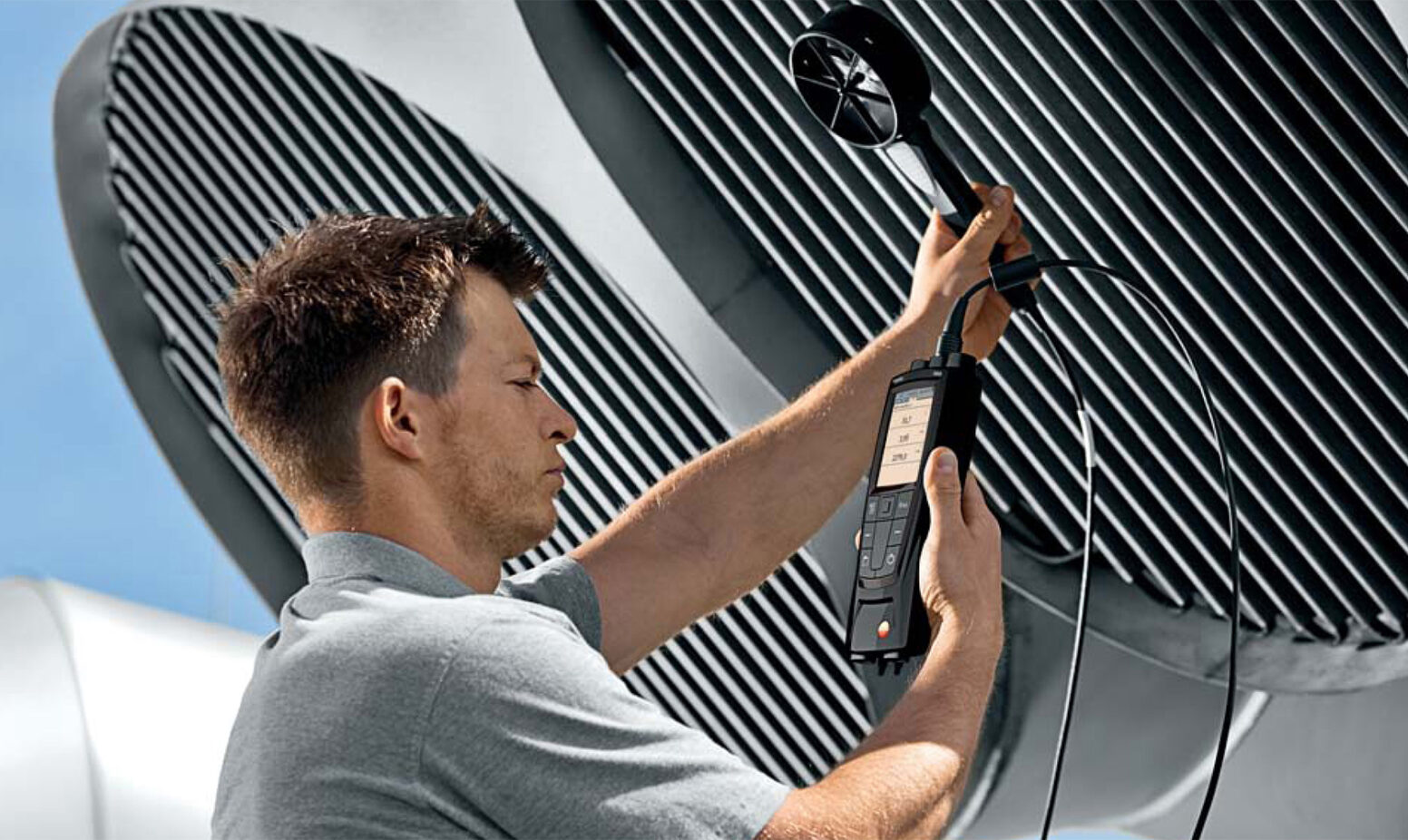Breathing life into multi-functional measuring device
When industrial instruments manufacturer Testo asked PDD’s Hong Kong studio to revamp the design of its existing ventilation and air conditioning (VAC) device, a number of challenges arose.
For example, the high-end product had to reflect the brand’s heritage and honour a number of established form guidelines. At the same time, the unit couldn’t look dated and needed to offer a vision for future products. Used in harsh industrial environments, the device also had to be robust and capable of measuring flow, temperature, humidity, pressure, light, radiated heat, turbulence and CO² emissions.
PDD’s designers had very little freedom to amend the unit’s proportions, given its strict internal structure and electronic requirements. This also limited the choice of materials, which had to be injection molded and stamped metal elements.
For the external aesthetics, Testo wanted a high-spec finish and impeccable parting lines to distinguish the unit’s separate functional areas. The design team also had ergonomic considerations, particularly the fact that technicians using the device may wear gloves, goggles and other protective clothing. To cope with the unit’s multi-functional requirements, the team needed to consider the compatibility of multiple digital probes that users could easily interchange according to the application.
Although PDD designed and tooled the unit in the Far East, it is manufactured in Germany. Being in Hong Kong allowed the team to meet the toolmakers and other suppliers regularly, ensuring the intent behind the design was not “lost in translation”.
PDD breathed new life into an established product and proved the ideal link between the R&D capabilities of Testo’s headquarters in Germany and the manufacturers in Asia.







